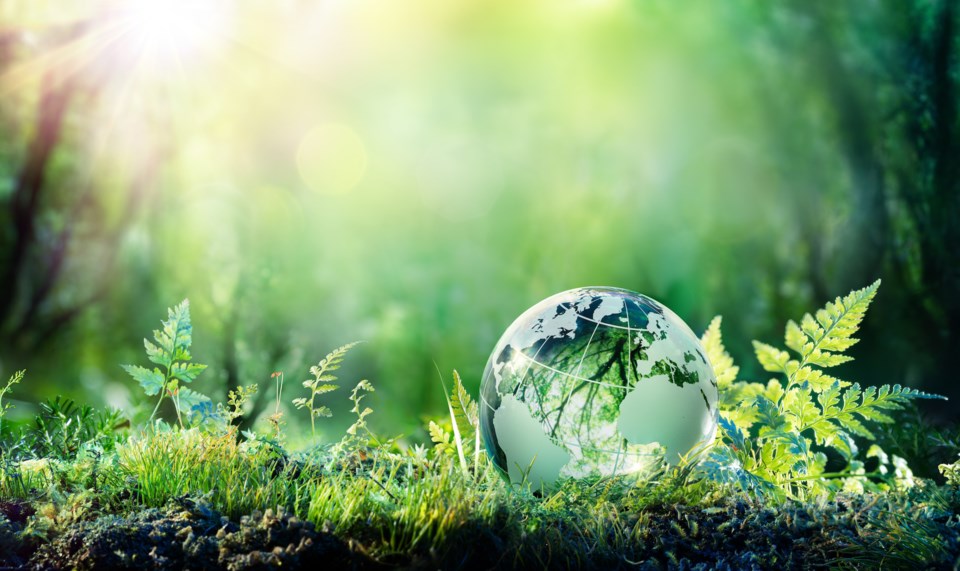There is some good news on the environment front: group

Stock image
From OrilliaMatters, Juky 9, 2022
NEWS RELEASE: SUSTAINABLE ORILLIA
With news of droughts in the prairies and the western U.S., larger than ever tornadoes roaring through Oklahoma and other U.S. states, a seldom heard of windstorm sweeping through southern Ontario, and wildfire season starting up again in B.C., Alberta and Northern Ontario—all attributed to the worsening effects of climate changes caused by carbon emissions in our atmosphere—there is a need to stop and realize that there is GOOD news out there as well.
The David Suzuki Foundation recently published four ‘good news’ stories. Others are out there as well.
Here are the Suzuki four:
1. “Carbon-neutral is good. Carbon-negative is better. Finland aims to absorb more carbon than it emits by 2040. The plan includes protecting and restoring the country’s forests, which started releasing more CO2 than they could absorb last year because of logging, mainly for pulp and paper and “biofuels.” Reducing emissions from transportation, agriculture, buildings and waste will also be key.”
2. “Japan’s small, mountainous land base doesn’t leave much room for wind or solar farms, and its isolation makes it difficult to balance fluctuations in renewables by trading energy — so it relies on fossil fuels and nuclear. But Japanese engineers have developed and tested a massive device that can harness energy from powerful ocean currents. If all goes well, ocean power could eventually provide 40 to 70 per cent of the country’s energy.”
3. “Atmospheric carbon dioxide is captured and stored in rock minerals through a process called ‘weathering.’ A recent study shows sprinkling rock dust from sources like mining onto farmlands could capture 45 percent of the CO2 required to help the U.K. meet its 2050 net-zero targets, while putting nutrients and minerals back into the soil and reducing the need for fertilizers.”
4. “Nitrogen fertilizers cause a lot of pollution, especially when they’re washed into waterways (for example, as Holland Marsh fertilizers impact on Lake Simcoe). They can also be expensive. One solution? Pee. Human urine is rich in nitrogen and is not a major disease-carrier so it requires little processing for agricultural use. Toilets that separate urine are being developed in many countries.
What these stories reveal is the new thinking inspired by the threat of the climate crisis. No more “same old, same old” in so many areas of human endeavour. While some of these technologies are going to demand heavy investments in the technology, the surprising thing we are discovering is that there is money to be saved — by governments, by businesses, and by homeowners.
A recent “What on Earth?” episode on CBC radio talked of the number of people in Nova Scotia who are turning to solar power and the resulting challenges for the people who run the electrical power grid in that province.
Similar challenges will arise in Ontario as well as more people explore the advantages of creating their own electricity through solar power, an advantage that will become even more obvious once storage batteries and electric vehicles become a bigger part of the average family home.
Big changes are coming our way. But let’s welcome them. We are learning—perhaps the hard way—that we have taken life on this planet too much for granted, while also overlooking our own negative impact on the planet.
New technologies are exciting and, in the long run, they will make our human existence on this planet friendlier to the planet itself — and to all the other living things that occupy the Earth alongside us.
Read the article here









Leave a Reply